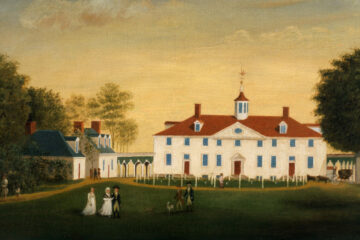The colonial period in America, spanning from 1600 to 1776, was a time of immense growth and transformation. Key to this transformation were the bustling colonial seaports, where trade flourished and merchants played a pivotal role in shaping the economy and culture of the burgeoning colonies. This including enterprising merchants who operated in cities such as Jamestown, Boston, Philadelphia, and New York.
Jamestown: Tobacco and Prosperity
Jamestown, founded in 1607 in the heart of Virginia, quickly became a vital colonial seaport. Its significance lay in the cultivation of tobacco, a crop introduced by John Rolfe. The demand for tobacco in Europe created a booming export industry for Jamestown. Prominent merchants such as John Rolfe and John Smith were instrumental in establishing trade networks with European markets, which allowed the colony to flourish economically.
Boston: Revolutionary Spirits and Maritime Trade
Boston, founded in 1630, played a unique role in the lead-up to the American Revolution. This colonial seaport was strategically located on the Massachusetts Bay, making it a hub for maritime trade. Boston merchants, including John Hancock, were at the forefront of the colonial resistance against British taxation. The Boston Tea Party in 1773 was a defining moment that highlighted the city’s importance in the fight for independence.
Philadelphia: The City of Brotherly Trade
Founded in 1682 by William Penn, Philadelphia thrived as a colonial seaport, nestled along the Delaware River. Its economic significance lay in the diversity of goods traded, from agricultural products to textiles. Merchants like Benjamin Franklin and Robert Morris played a crucial role in fostering trade relations, and Philadelphia’s merchants hosted the Continental Congress in 1774 and signed the Declaration of Independence in 1776.
New York: A Global Trading Hub
Originally New Amsterdam, New York City’s location at the mouth of the Hudson River made it an ideal colonial seaport. Its diversity and access to global trade routes led to its rapid growth. Merchants like Peter Stuyvesant (who presided during the Dutch colonial period), Peter Minuit (who purchased Manhattan Island from Native Americans), and Stephen DeLancey (one of the most successful merchants in the colony of New York with his well-known granary, warehouse and retail store, known to all as “Delancey and Co.”) were influential figures in New York’s trading and merchant history.
Goods Traded in Colonial Seaports
Colonial seaports were centers of exchange where a wide variety of goods were traded. Some of the most notable items included:
- Tobacco: Jamestown was known for its tobacco exports to Europe.
- Sugar, molasses, and rum: The triangular trade route connected New England to the Caribbean, facilitating trade in these commodities.
- Timber and lumber: The forests of the colonies provided valuable resources.
- Fish and seafood: Coastal colonies engaged in the fishing industry, exporting fish and seafood to Europe.
- Textiles, manufactured goods, and spices: European goods were imported and traded in exchange for colonial products.
The colonial seaports of Jamestown, Boston, Philadelphia, and New York were the lifeblood of the American colonies from 1600 to 1776. These bustling ports facilitated trade and cultural exchanges that shaped the economic and political landscape of the emerging nation. The enterprising merchants who operated within these seaports played a pivotal role in the prosperity and eventual independence of the United States. The enduring legacy of these colonial seaports and the integral role of trade and merchants played a key in the formation of the new United States.
MORE:
History of Original 13 Colonies »
History of Colonial American Merchants »
History of Colonial Trade with Native Americans »
Main Image Source: Wikimedia Commons

